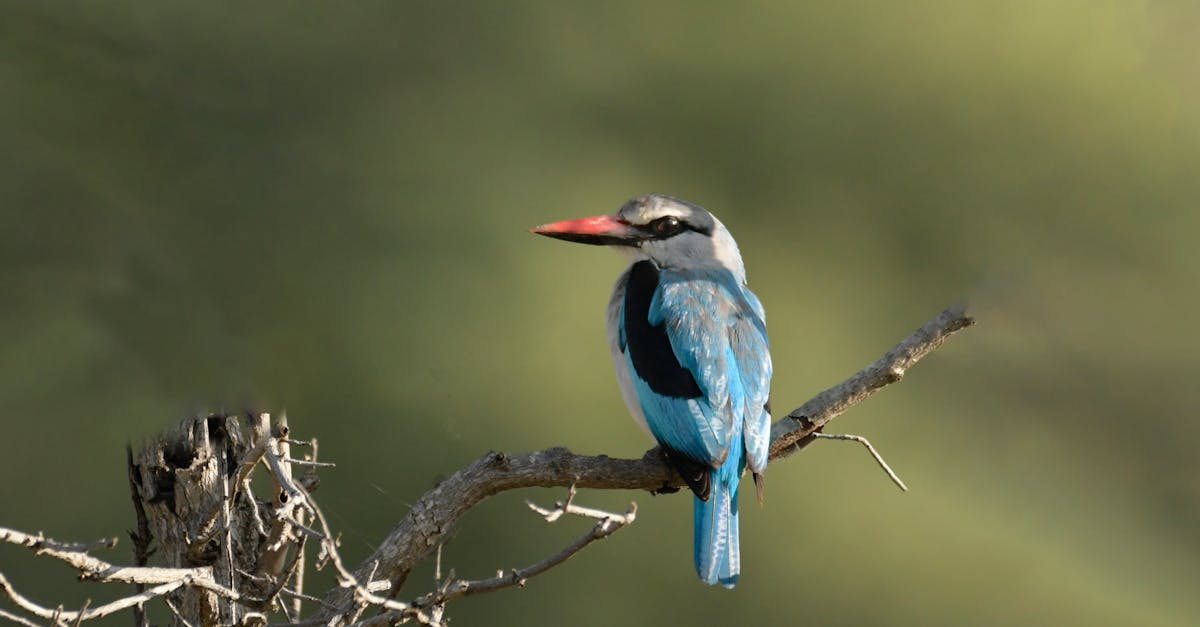Welcome to our guide on birdwatching tips for beginners in parks! If you’re eager to discover the area of avian wonders but not sure where to start, you’re in the right place.
Our expert tips will help you make the most of your park adventures, from spotting common species to understanding bird behavior.
Key Takeaways
- Choose parks with diverse habitats, easy accessibility, and known local bird species for optimal birdwatching experience.
- Essential gear includes binoculars, a field guide, notebook, appropriate clothing, water/snacks, and comfortable footwear.
- Focus on identifying common bird species like American Robin, Mallard Duck, and Northern Cardinal when starting out.
- Observe bird behavior such as feeding habits, singing patterns, nesting behaviors, and territorial displays to enhance identification and understanding.
- Tips for success: have the right gear, be patient, learn bird calls, dress and behave appropriately, and consider joining birdwatching clubs for a richer experience.

Choosing the Right Park for Birdwatching
When selecting a park for birdwatching, consider the following factors:
- Diversity of Habitats: Look for parks with various environments like forests, wetlands, and meadows.
- Accessibility: Choose a park that’s easy to reach and explore, especially if you’re a beginner.
- Local Species: Research the types of birds commonly found in the area.
Essential Gear for Birdwatching in Parks
When heading out for a birdwatching adventure in parks, having the right gear can significantly enhance our experience and help us spot more avian friends. Here’s a list of essential items we shouldn’t forget to bring along:
- Binoculars: A good pair of binoculars is crucial for getting a closer look at birds without disturbing them. Opt for models with magnification of 8x or 10x for better viewing.
- Field Guide: Carrying a field guide specific to birds in the region can help us identify different species we encounter. It’s like having a bird encyclopedia in our pocket.
- Notebook and Pen: Jotting down observations or sketches can be helpful, especially for remembering unique bird behaviors or markings.
- Appropriate Clothing: Dressing in layers and wearing comfortable, muted colors can help us blend into the surroundings and stay comfortable during long birdwatching sessions.
- Water and Snacks: Staying hydrated and having a quick snack on hand will ensure we can stay focused on spotting birds for longer periods.
- Hiking Boots or Shoes: Comfortable footwear is essential, especially if we plan to explore different habitats or terrains within the park.
Don’t forget to pack these essentials before our next park birdwatching excursion!
- Explore more about choosing the right pair of binoculars for birdwatching here.
- Check out some recommended field guides for bird identification here.

Identifying Common Bird Species
When starting birdwatching, it’s helpful to focus on common bird species found in parks. These include:
- American Robin: Recognizable by its red breast. They are often seen hopping on lawns.
- Mallard Duck: Look for their distinctive iridescent green heads near water bodies.
- Northern Cardinal: The males are a vibrant red, making them stand out in trees.
Understanding Bird Behavior
When birdwatching in parks, it’s essential to observe bird behavior to identify different species. Here are some key behaviors to watch for:
- Feeding habits: Birds have various feeding methods, from pecking on the ground to catching insects in mid-air.
- Singing patterns: Each bird species has unique songs used for communication and attracting mates.
- Nesting behaviors: Pay attention to where birds build nests, as some prefer trees while others opt for bushes or even the ground.
- Territorial displays: Birds may exhibit aggressive behavior to defend their territory or attract a mate.
Observing these behaviors can help us not only identify different bird species but also understand their habits and preferences better.
For more in-depth information on bird behaviors, you can visit the Cornell Lab of Ornithology’s website.

Tips for a Successful Birdwatching Experience
Ready for a successful birdwatching adventure in parks? Here are some tips to help us make the most of our time:
- Bring the right gear: A pair of binoculars and a field guide are essential for spotting and identifying birds.
- Be patient: Birds move quickly, so we need to stay calm and observant.
- Learn bird calls: Listening to bird calls can help us locate them even if they’re hidden.
- Dress appropriately: Wear earthy tones to blend in with nature and comfortable shoes for walking.
- Respect wildlife: Keep our distance, avoid disturbing nests, and never feed wild birds.
- Join local birdwatching clubs: Connecting with other enthusiasts can enhance our experience.
For more birdwatching tips, visit the National Audubon Society’s website or check out Bird Watching Basics from the Cornell Lab of Ornithology.

